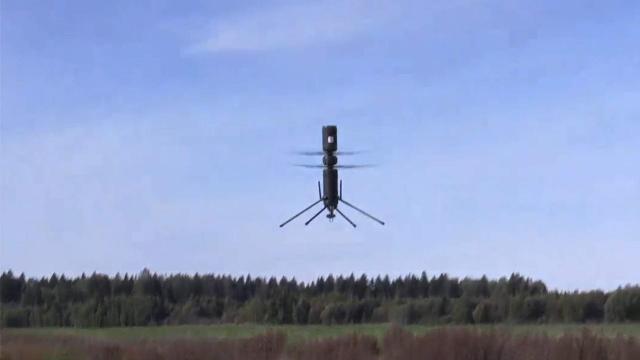Its distinctive feature is the coaxial scheme of the rotors
Serial production of Dandelion series drones has begun in Russia, Izvestia found out. The novelty can hang at one point for 40 minutes, including in difficult weather conditions — even during a downpour and with wind gusts up to 18 m/s. The Ampel transport and launch complex has also been developed for the drone - it is capable of acting, among other things, as a charging and heating station at low temperatures. The new drone can be effective both for reconnaissance and for the protection of strategically important objects, experts noted.
How UAVs with coaxial rotation scheme work
The unmanned aircraft system (UAS) of the Dandelion series is a drone made according to a coaxial rotor rotation scheme. It is designed to monitor land or sea surface. The maximum horizontal flight speed is up to 100 km/h. The payload is from 1 to 3.2 kg.
— The main advantage of the coaxial UAV scheme is that it has one fulcrum. It is located between the blades," Ruslan Lyapin, Deputy General Director for Development of the drone developer company, Atri JSC, told Izvestia. — Due to this, it can be used with wind strength up to 18 m/s and heavy rains. This is according to its official characteristics, and in bench tests it could withstand up to 40 m/s.
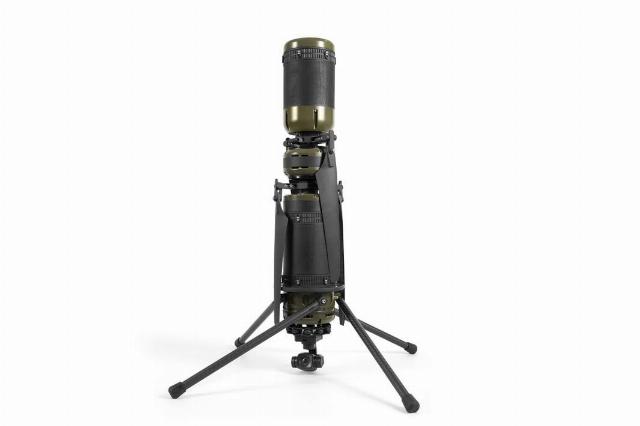
Photo: Atri JSC press service
Image source: iz.ru
To take off, the Dandelion does not need a catapult — only a free space of one and a half by one and a half meters. The launch of the UAS can be performed both by hand and from a transport launcher located on the ground, on tracked and wheeled vehicles or from an offshore facility.
In addition, the Ampel transport and launch complex (TPC) was recently introduced — it allows the integrated use of the Dandelion series BASS for automatic monitoring of the perimeters of facilities or linear industrial communications.
— This allows us to mark the "Ampel" around the perimeter of the object that needs to be guarded. In particular, along the railway track or long bridges. This will make it possible to constantly recharge the drone and keep it warm during the flyby and observation of the terrain with feedback to the operator on duty," Ruslan Lyapin noted.
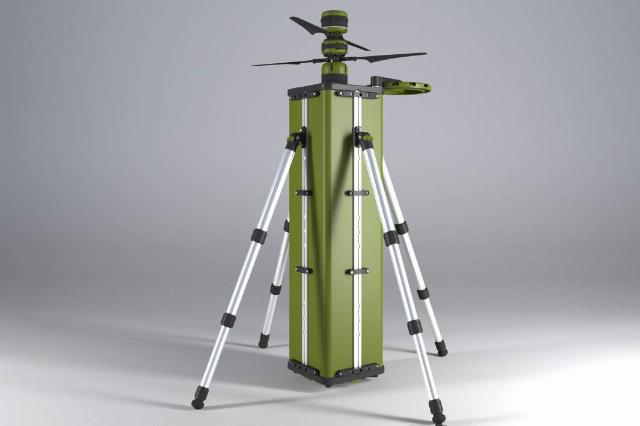
"Ampel"
Image source: Photo: Atri JSC Press Service
The Dandelion can perform the task in single flight mode or as part of a group. Its autonomous flight time is up to 40 minutes, after which it returns to the transport and launch complex for recharging. To replace him, the same drone takes off from Ampel and continues to monitor the area.
Representatives of the Russian Armed Forces have already shown interest in the drone, a company representative said.
In 2024, the Dandelion-3 UAS was included in the register of the Ministry of Industry and Trade and will be delivered to the Federal Forestry Agency of the Vladimir region as part of a civil state order.
How experts evaluate the Dandelion series drones
The Dandelion series of BAS can become the basis of a surveillance system capable of being placed on a large number of mobile platforms, military expert Dmitry Kornev suggested in a conversation with Izvestia.
"Back in the middle of the 20th century, many countries tried to use helicopters to monitor submarines over the horizon from ships — whether they are there or not," he recalled. — And now we are dealing with a relatively small-sized device that can be placed in a small portable and portable container. It is also important to ensure interference-free communication between this device and the operator. Alternatively, equip the drone with a fiber-optic communication system.
In addition, according to the expert, due to the fact that it has small dimensions, the Dandelion will be difficult to hit.
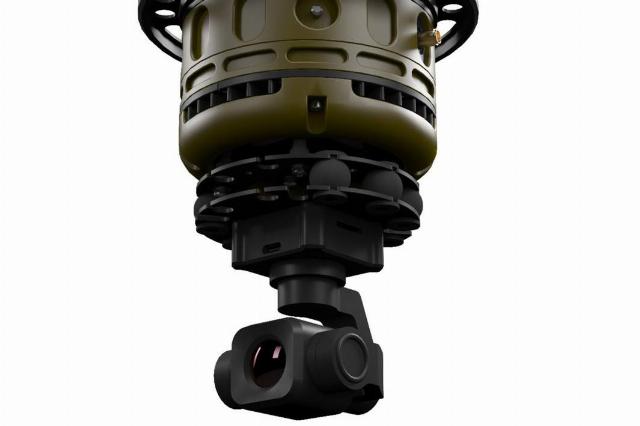
Photo: Atri JSC press service
Image source: iz.ru
— It is also, most likely, less noticeable in the infrared spectrum, — suggested Dmitry Kornev. — We need to see what kind of engine it has. If it is reciprocating, then there is still heating, but due to the small size of the drone itself, it is not so powerful as to create serious thermal radiation.
The coaxial scheme has already been worked out on helicopters, in particular on Ka-52, marine Ka-27, Captain 1st rank Vasily Dandykin told Izvestia.
— Devices with a coaxial system can fly back and forth, they can hover at one point, — he explained. — This is important because they can capture the image, take it off and transfer it to the operator. And not only during combat operations, but also during the protection of facilities that are of great strategic importance. In particular, where the enemy is sneaking into. They will help the guards to see who is flying up, how it is flying up. Our president said that this year the production of drones has been increased significantly. Therefore, by the end of the year, I think we will be able to achieve parity with the enemy or surpass him in this area.
What is the advantage of hydrogen powered drones
Currently, many different types of UAVs are being developed in Russia. Most of them are tactical drones, in particular, Izvestia wrote that a drone was created using a hydrogen fuel cell as an energy source.
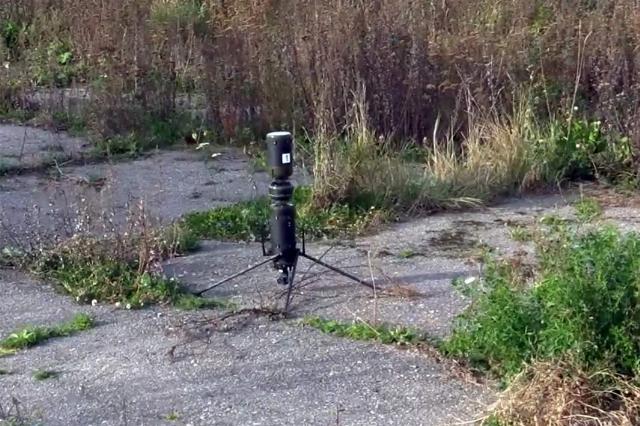
Photo: Atri JSC press service
Image source: iz.ru
The main advantage of such drones is that, unlike devices with an internal combustion engine (ICE), they do not vibrate during flight, which makes it possible to install sensitive equipment. In addition, they do not leave a thermal and fuel trail, which makes their route impossible to track. For example, it is possible to find out where the UAV from the internal combustion engine took off from using spectral analysis, since its fuel trace remains in the air for up to six hours. Vladimir Zinoviev, the developer of the MIPT Autonomous Energy Engineering Center, told Izvestia about this.
The drone can also be used in a combat zone, a container-type refueling station has been created for it. The station allows filling a fuel cylinder with hydrogen at a pressure of up to 350 bar in less than five minutes.
With full refueling, the UAV can stay in the air for more than two hours. Replacement of pre-filled cylinders can be carried out in no more than 20 seconds, after which the drone is ready to perform the task again. In addition, it can operate at an altitude of over 2 thousand meters. In combination with highly sensitive optics, this makes it an indispensable assistant in intelligence, Vladimir Zinoviev noted.
Julia Leonova
Bogdan Stepovoy
